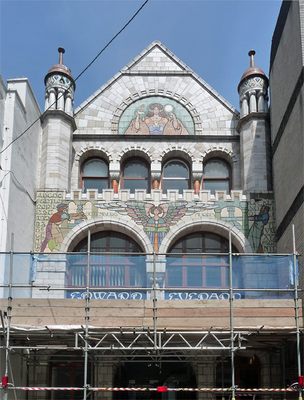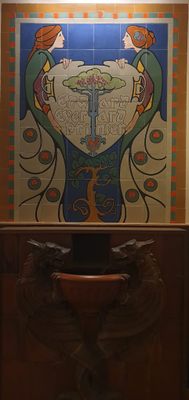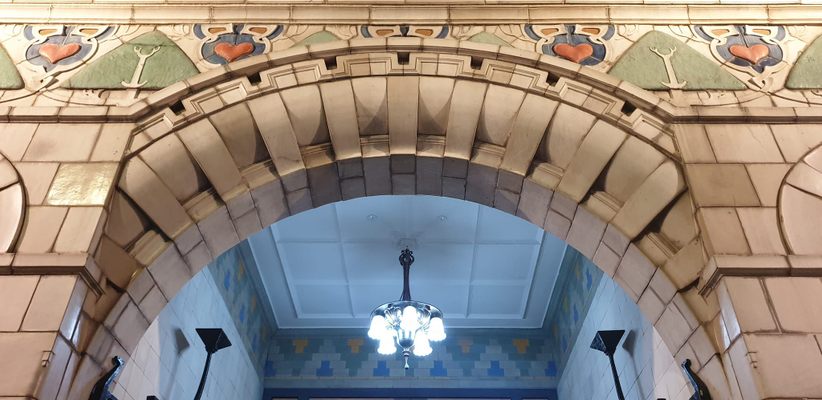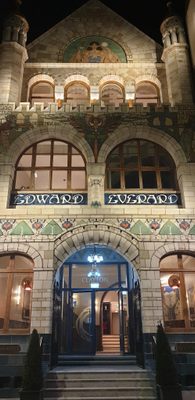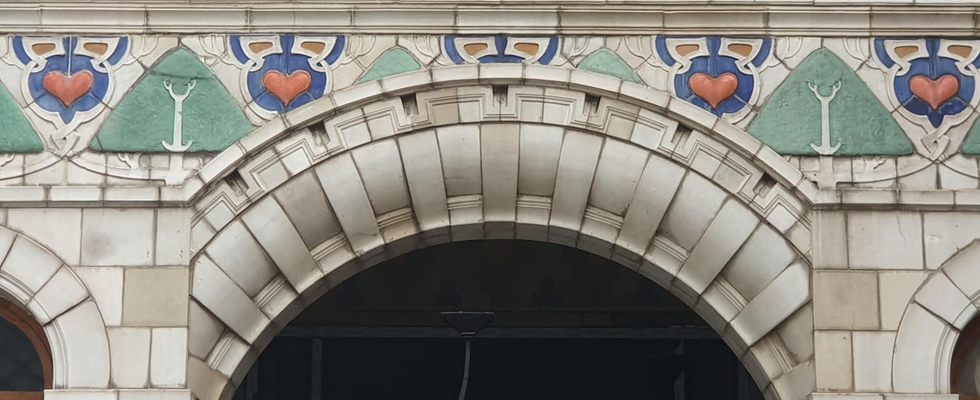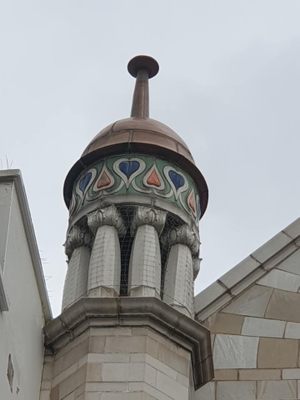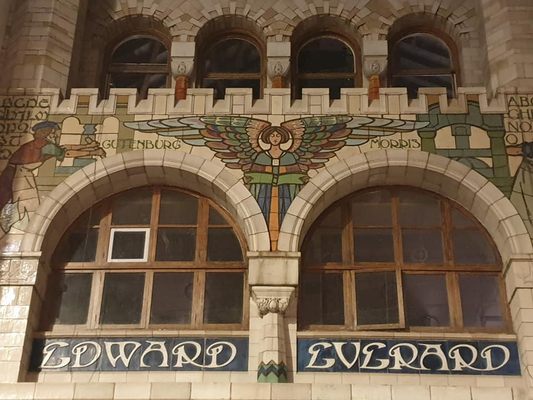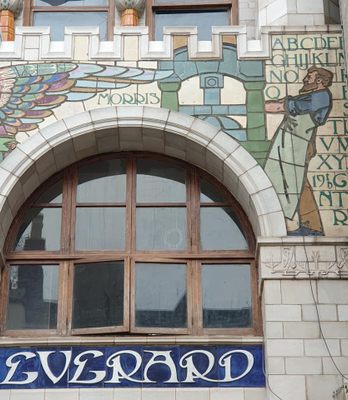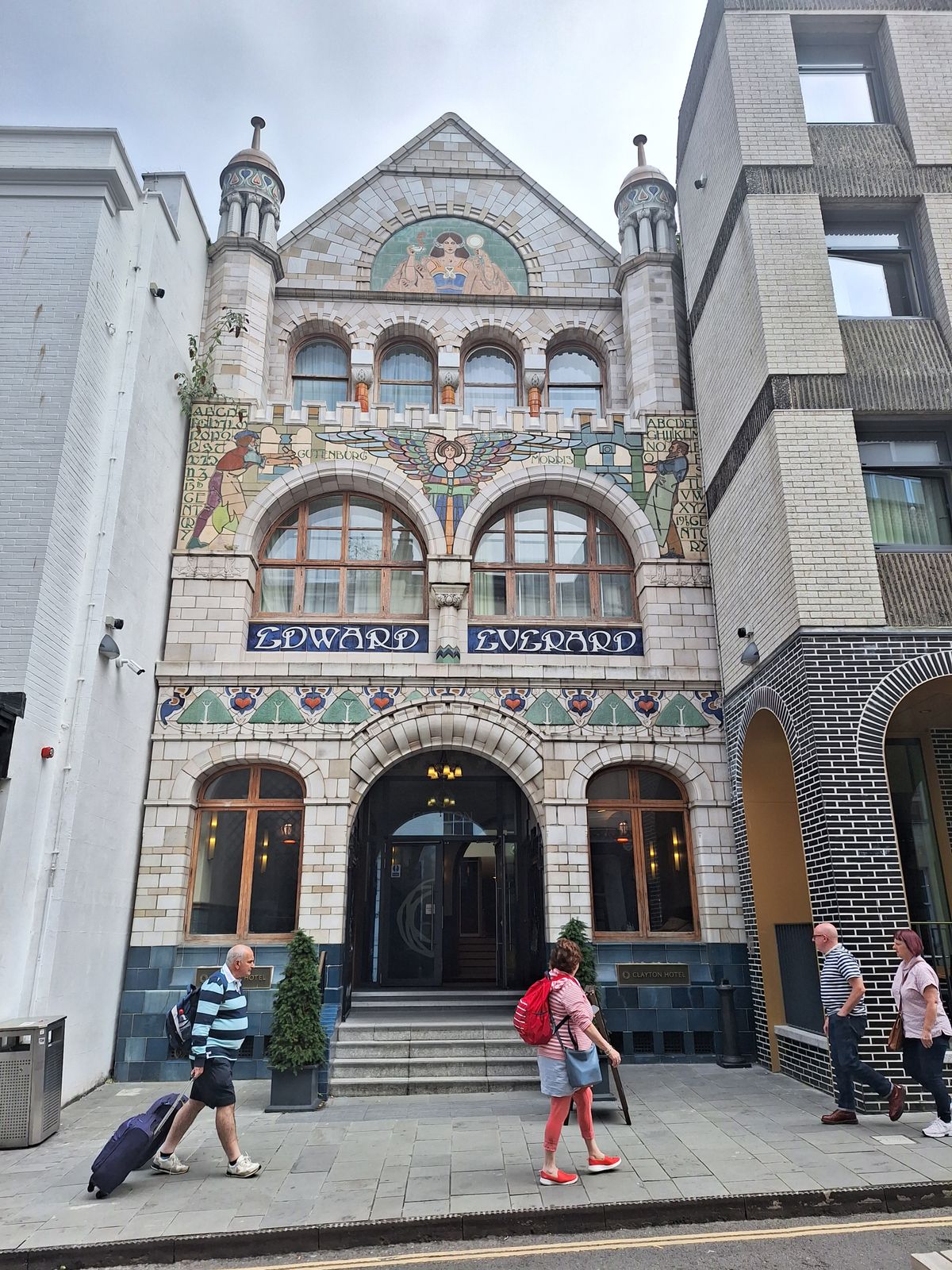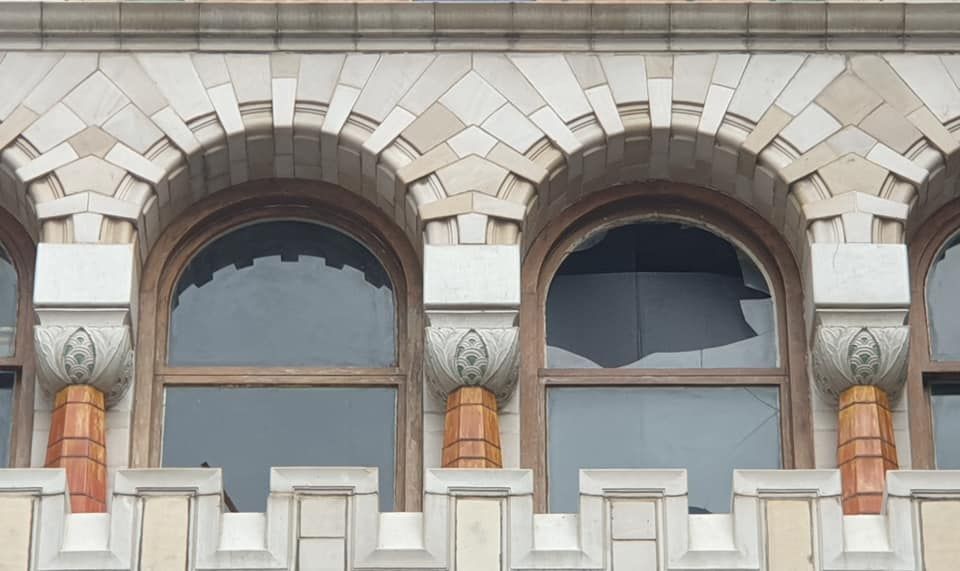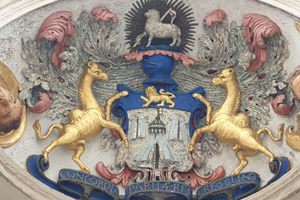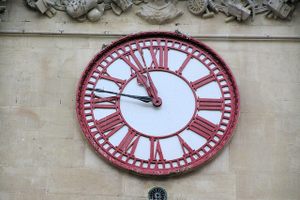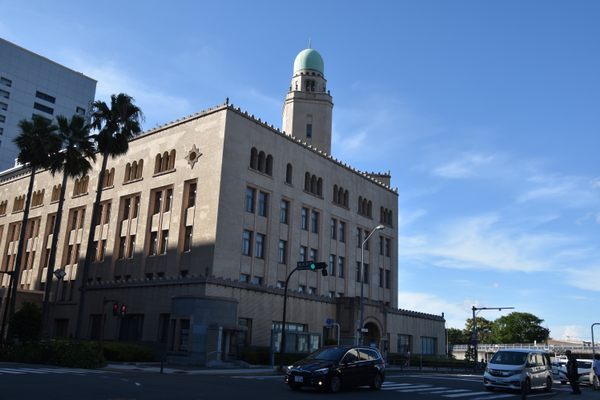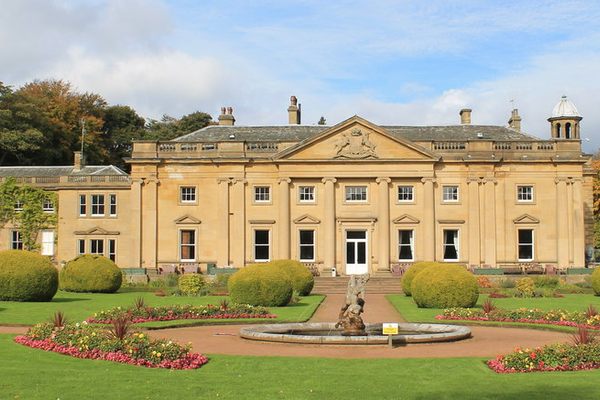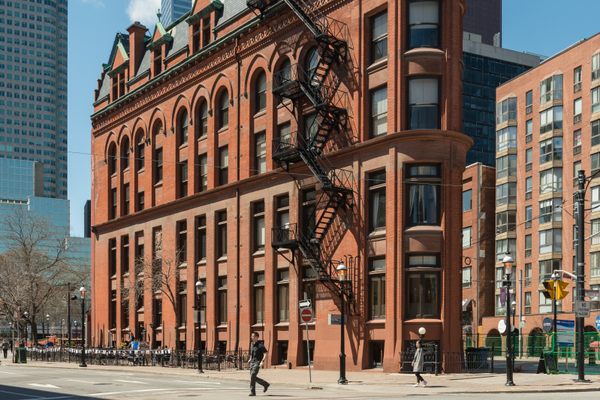About
This ornate and colorful building was constructed at the beginning of the 20th-century. The architect responsible was William Hill, but the artistic frontage was the work of W. J. Neatby, head devisor of the Royal Doulton Company. This institution was credited with incorporating aesthetics common to the Arts and Crafts Movement into their everyday ceramic ware. The structure housed the publishing house of Edward Everard and reflects the gothic architecture of the nearby Church of St. John the Baptist.
Everard was greatly inspired by the intellect and achievements of William Morris, who was one of the major influencers behind the revival of bringing back more traditional methods of production in textile arts during the Industrial Era. One such Morris invention was the Kelmscott Press, which Everard incorporated into the printing of his books. This modern device took its inspiration from a 15th-century Venetian printing press, and allowed for a more congruous ensemble, with a well-suited layout, illustration, and type.
Everard was heavily involved in the construction of the building and wanted it to reflect Bristol's history. He took inspiration from the neighboring 14th-century chapel, which gave the structure its series of rounded arches and towering turrets. The building also showcases Neatby's talent for working with ceramic tiling. Not only is Everard's name prominently showcased in Art Nouveau typeface at the center, but there is also a figure at the top representing light and truth overlooking the representations of Gutenberg, inventor of the printing press, and Morris, restorer of artistry.
Everard's business closed in the middle of the 1960s and parts of the building were demolished in the 1970s. Fortunately, the frontage was saved. Currently, there is talk of having the structure converted into a hotel and studio apartments. For now, the building remains for locales and visitors to admire and appreciate.
Related Tags
Know Before You Go
The exterior of the building is visible and accessible at all times of the day. The interior is completely modern. You can only find some Art Nouveau Details in the entrance.
The building is now the Clayton Hotel. If you see a brass plaque just above ground level with the name of the hotel on it, cross to the other side of the road and look up.
Published
April 28, 2021
